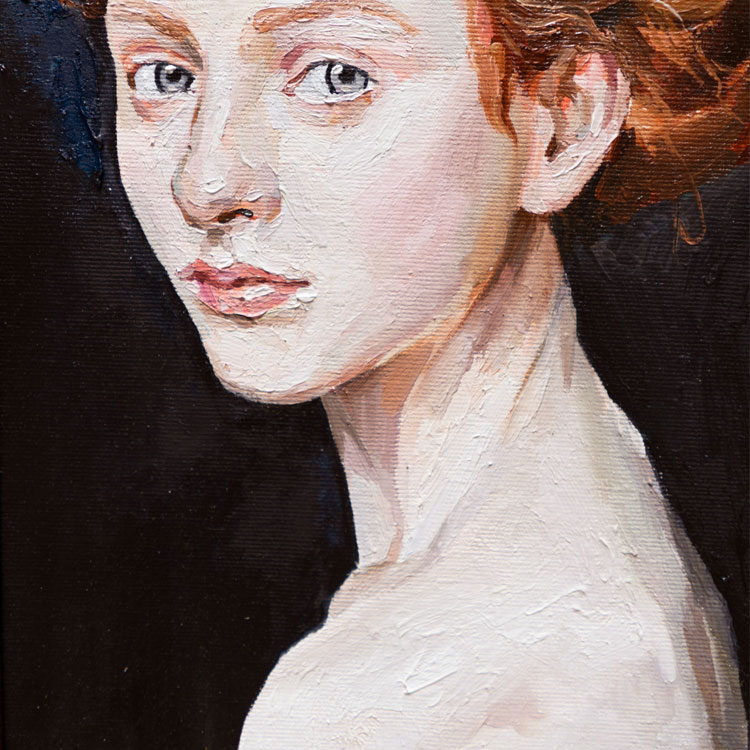Portrait Art
Portrait Art is the process of creating a portrait of a person or an object. The genre of portraits began in the 16th century. The humanist philosophy gave portraits a high place in the arts, and the technical improvements of the Renaissance era helped artists portray characters better. In particular, the oil medium brought to Venice by Antonello da Messina improved the quality of representation, while Leonardo da Vinci’s use of light and shade suggested personality and psychology. The Reformation also paved the way for a new kind of portraiture.

David Hockney
David Hockney’s portrait art explores people’s relationships with place and landscape. For more than 50 years, the artist has worked on building relationships with individuals. In 2012, he focused on landscape in his show at the Royal Academy of Arts in London. During his lifetime, he has created over 2,500 works, including more than 200 portraits.
His paintings are vibrant, bold and colorful. Some of his paintings depict people jumping into the water. They have a vibrant blue hue and tall palm trees.
Graham Sutherland
One of the most prolific English artists, Graham Sutherland OM is known for his abstract landscapes and portrait art of public figures, as well as his work in other media. His portrait art is particularly popular and is often reproduced by art collectors. The prolific artist created many different works during his career, from abstract paintings to collages.
Sutherland’s paintings often exhibit an uncompromising honesty. His brush strokes are jagged and do not merge smoothly, making them appear raw and vulnerable. His work is often praised by foreign art critics, while some British art critics consider his work outdated and dated.
Paul Gaugin
Gauguin’s portrait art radically expanded the boundaries of portraiture, mixing Polynesian culture with Western traditions. Although he was accused of plagiarizing other cultures’ traditions, he painted his own version of Tahiti with a fantasy-like atmosphere. He also incorporated elements of Primitivist imagery into his work, including statues of Indian and Indonesian gods.
In 1828, Gauguin painted his self-portrait on the wooden door of an inn in northwestern France. His friends referred to the piece as an “unkind character sketch.” Rather than depicting the entire body of the subject, Gauguin suggested the appearance of the face using only the head and one hand. The artist filled the panel with a range of contrasts, placing areas of intense color next to one another. The head is framed by arching green stems and square flowers.
Pablo Picasso
In many of his paintings, Picasso’s portrait subjects were portrayed in an eerie, tension-filled manner. His portraits often include violent gestures, ripe red nails, and a strained expression. Many of these works depict the dying days of relationships, and Picasso often painted these subjects during their last moments.
In the mid-1950s, Picasso painted a self-portrait that depicted him in a very expressionist manner. This portrait features a highly stylized version of his own face that overlaps with his own shadow. His almond eyes are prominent, and the portrait’s lines are bold and distinct. The artist was around 83 years old when he created his self-portrait. Picasso used blue, green, and red colors to create this portrait.
Otto Dix
This lavishly illustrated book explores the works of the German expressionist artist Otto Dix. The work, which includes both portraits and landscapes, captures the devastating effects of World War I. Dix depicts the decay and death that awaited soldiers in the trenches. These pieces portray the violence and insanity of war.
Dix’s portraits were often of working-class men. His paintings portray the stifling realities of working-class life. A working-class boy in a Dix painting is deprived of his youth, and his split gaze tells the story of a life of responsibility. While his right eye wants to play, his left eye steers him towards more serious work.
Lucien Freud
Lucien Freud’s Portrait Art is a powerful, revealing look at human sexuality. Although Freud’s work is not very pretty, it captures the essence of humanity in an undressed state. One of his most famous paintings, Benefits Supervisor Sleeping, sold for $33.6 million in 2008, the highest price ever paid at auction for a living artist.
Freud’s paintings and drawings continued to gain recognition, and he began exhibiting his work to wider audiences. The artist’s work was soon associated with the figurative arts movement in London, and he became one of its most influential painters. In the 1950s, Freud’s paintings won prizes, and his work was recognized internationally, including the Arts Council Prize and the Order of Merit. In 1953, Freud was appointed to represent Britain at the Venice Biennale with Francis Bacon. The influence of Bacon shaped Freud’s style.
Frank Auerbach
Frank Auerbach is a German-born British painter. He was naturalized in the United Kingdom in 1947. Since then, he has painted portrait art of many British royals and celebrities. Frank Auerbach’s portraits capture the essence of his subjects, making them unforgettable and captivating.
The luminous and evocative works by Frank Auerbach portray the joys of movement and the atmosphere that surrounds them. His intimate relationship to his surroundings is evident in his portraits and cityscapes. In fact, Auerbach painted in the same London studio for 50 years, so he has a unique sense of place. His cityscapes do not have the authoritativeness of his portraits, but they offer a certain comforting peculiarity.
Fine Portrait Art deserves the very best in lighting. If you are looking for the best lighting solution for your portrait art pieces, give us a call. We’ll be happy to assist in creating the perfect lighting system for your art pieces. Phantom Lighting Systems. Please call Phantom at 800-863-1184 for assistance or complete our online request form.
